Sweden. An island all to yourselves? Breakfast coffee every morning directly on the water? Sit in front of your tent in the evening and enjoy the sunset over the Baltic Sea? A dream, isn't it? It came true during our 7-day kayak tour through the archipelago world on the east coast of Sweden. Pure Robinson Crouso feeling. In my following article I have some tips for a kayak tour through the Swedish archipelago for you. It is about tour planning, route, equipment and safety.
Unsolicited, unpaid advertising.
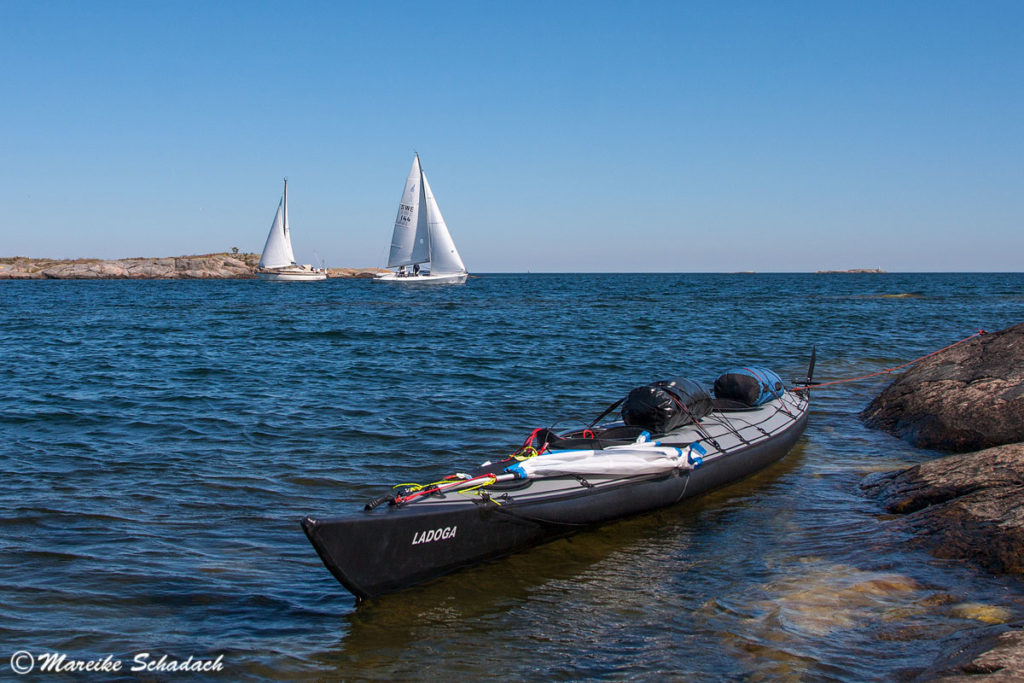
What to expect in this Article
Would you rather be on your own or in a guided Group?
Do I borrow a Kayak in Sweden or do I bring a Kayak?
How to get there?
East Coast or rather West Coast?
Which Route is best?
How long should a Day's trip be?
What do I have to take with me?
How do I navigate between the Islands?
Where can I spend the Night?
What is the best Way to load my Kayak?
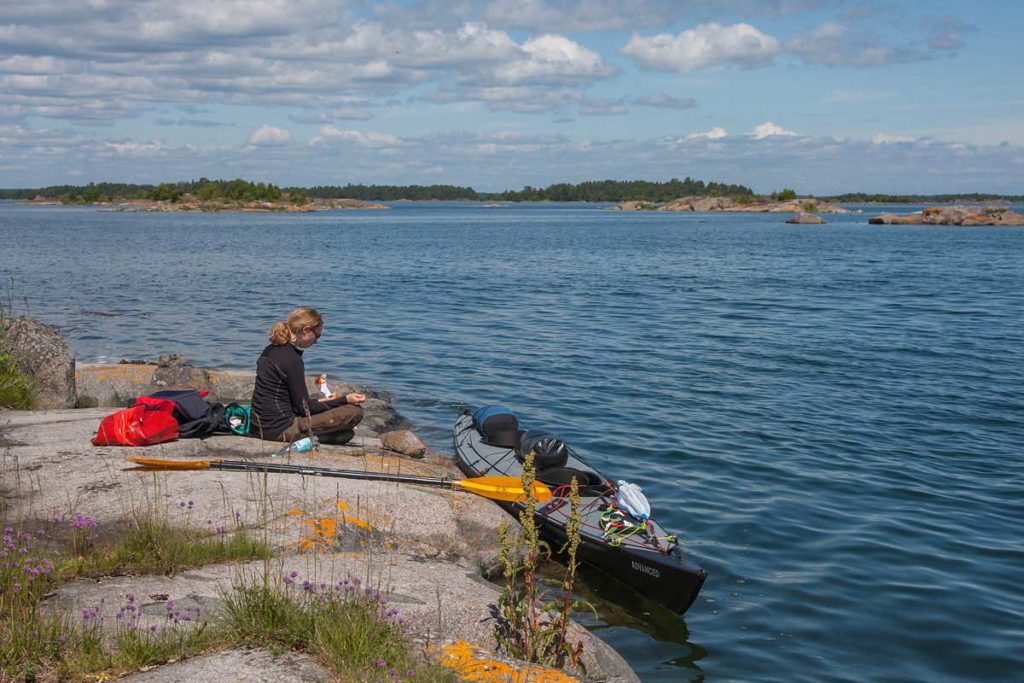
Would you rather be on your own or in a guided Group?
Before you start planning, the first and most important question has to be answered: Should it be a guided kayak tour in a group or would you rather explore the archipelago world on your own? Only on your own can you enjoy the real Robinson Cruso Feeling. But if you want to go without an organized group, you should pay attention to the following:
- You have to assemble the complete equipment yourself (rent it if necessary), i.e. everything for paddling, camping, cooking.
- In addition, you should have experience in paddling, even in wind and waves and in bad weather. Remember, you are on the sea! From time to time also further away from the shore.
- Basic knowledge of navigation and the use of map and compass are also necessary.
- You will also have to take care of all your own provisions and drinking water.
We've decided to go kayaking in the archipelago on our own. Therefore, all of the following explanations are related to a self-organized kayak tour.
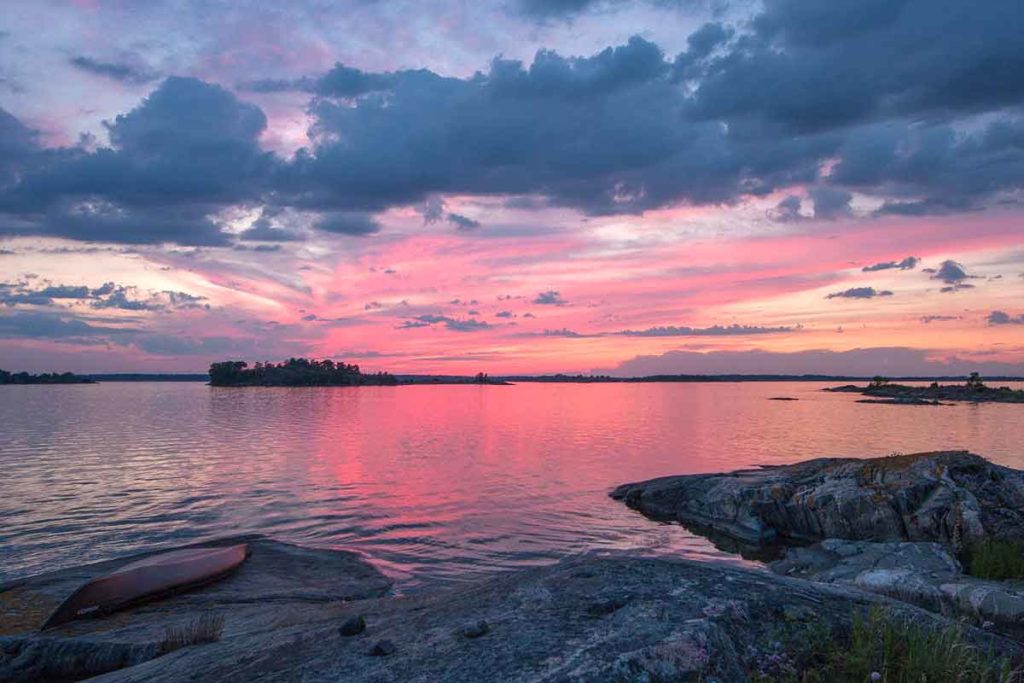
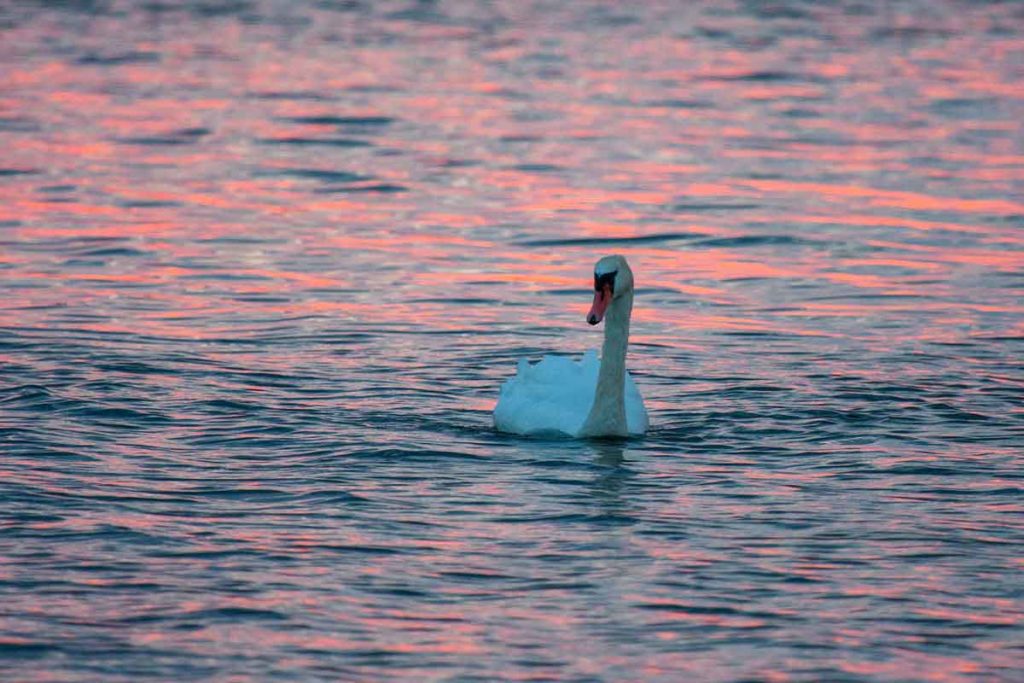
Do I borrow a Kayak in Sweden or do I bring a Kayak?
Paddling is very popular in Sweden. Therefore you can rent kayaks including equipment and partly even camping equipment in many places. In summer you should reserve your kayaks in advance.
Possible providers are:
- Scandinavian Kayaking Adventures on the coast of Bohuslän
- Kayakparadiset St. Anna on the east coast near the archipelago of St. Anna and Gryt
- Dalarö kayak or Skärgårdens canoe centre in the Stockholm archipelago
We brought our own kayak from Berlin. This had the advantage that we were not tied to the rental stations locally and that we could adjust our starting point and the route more flexibly to wind and weather. But more about that later in the route planning.
Here our paddling equipment at a glance:
- Inflatable kayak Triton Ladoga 2 advanced
- the light weight paddle Shuna from Werner
- the Karitek sail
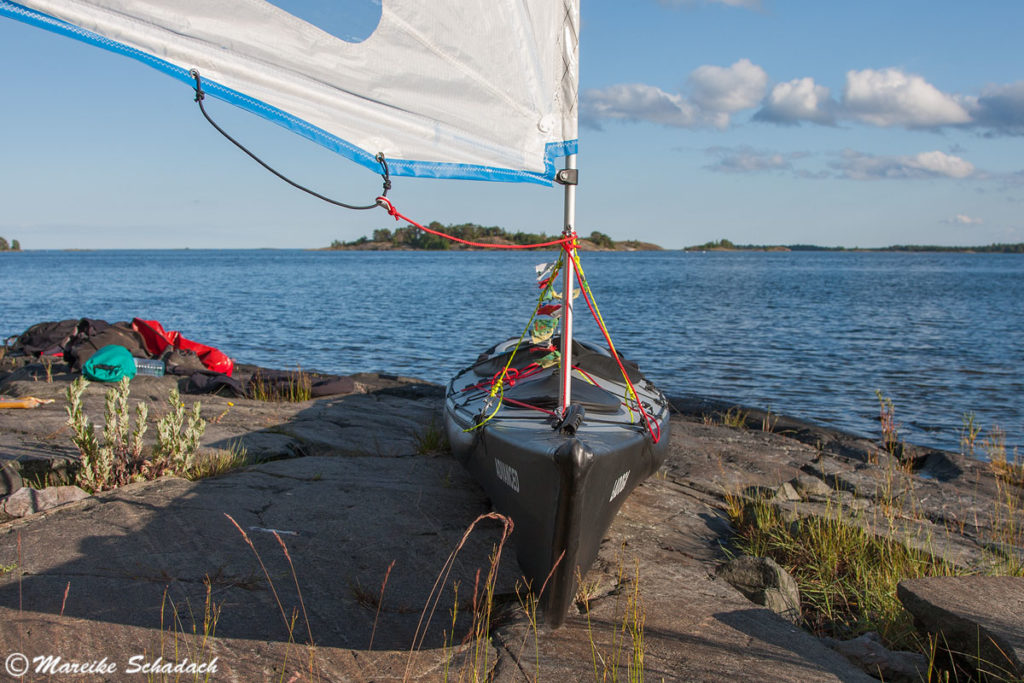
How to get there?
Sweden is easy to reach by car from Germany. This has the advantage that you can transport all your equipment well and also save the carbon dioxide for a flight. The ferries depart in Germany from the ports of Kiel, Travemünde, Rostock and Sassnitz. During the summer months you should book in advance, for example here at directferries.de.
East Coast or rather West Coast?
Sweden has beautiful archipelagos both on the east coast and on the west coast. It is really a difficult decision whether it should be the one in the east or the one in the west.
Here's a little decision-making aid:
- With more than 8,000 little islands, Bohuslän is Sweden's most beautiful paddling area. It stretches along the west coast from Gothenburg to Norway. There are lonely islands with sandy beaches, rocks and cliffs.
- Another great paddling area is St. Anna and Gryt on the east coast. There are more than 6,000 islands here. Since there are also a lot of reefs here, there are fewer sailboats on the way. The archipelago is greener, i.e. more trees grow on the islands and there are fewer bare rocks than in the west. But there are also no sandy beaches.
- Paddling conditions in the east are usually more moderate as they are less exposed than the archipelago in the west.
- The archipelago in the west is more populated. So you have more boat traffic but also beautiful fishing villages.
- But also the archipelago in the east around Stockholm is very well visited. If you stay south of Arkösund, it will be quieter.
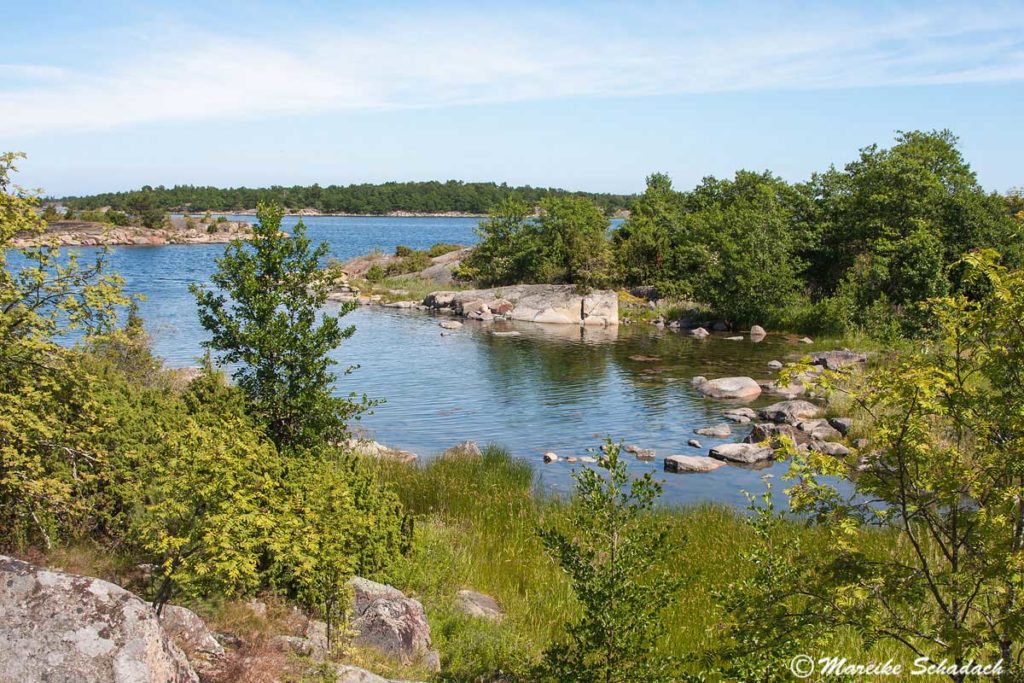

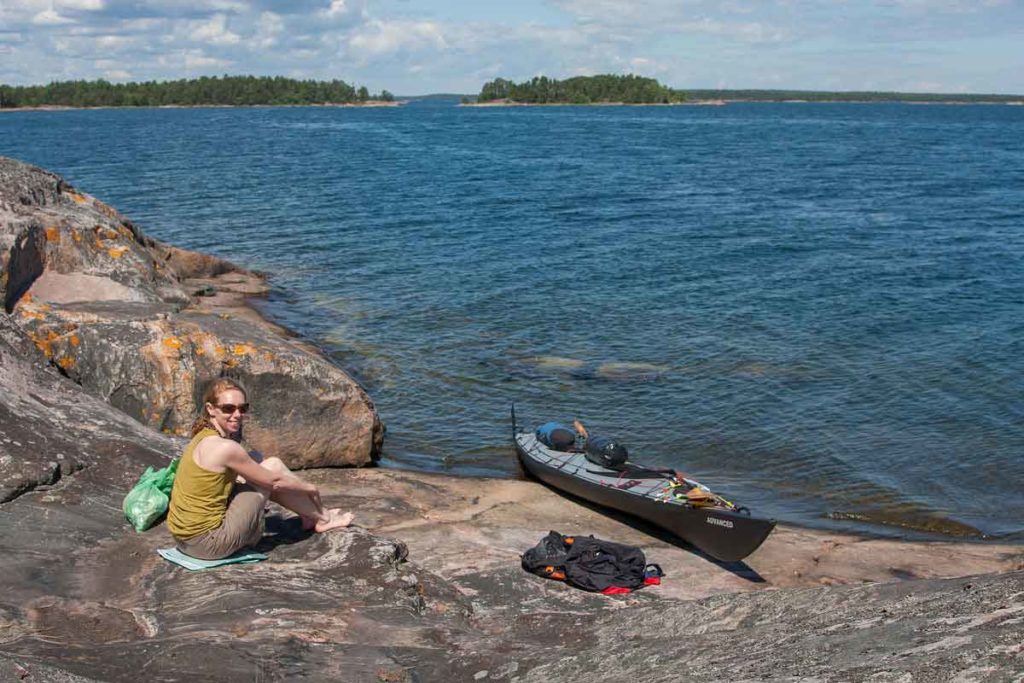
We made it easy for ourselves and let the weather decide. Since we had our folding kayak in the car, it was possible to be so spontaneous and go to the better weather on the east coast.
Which Route is best?
That depends. Because the route depends most on the wind forecast. For this I can recommend the Windfinder .
We had set our route through the archipelago only two days before the start of our kayak tour. At that time constant south wind was announced for 7 days. For this reason, our route led north. For this we chose an area with as large an island density as possible.
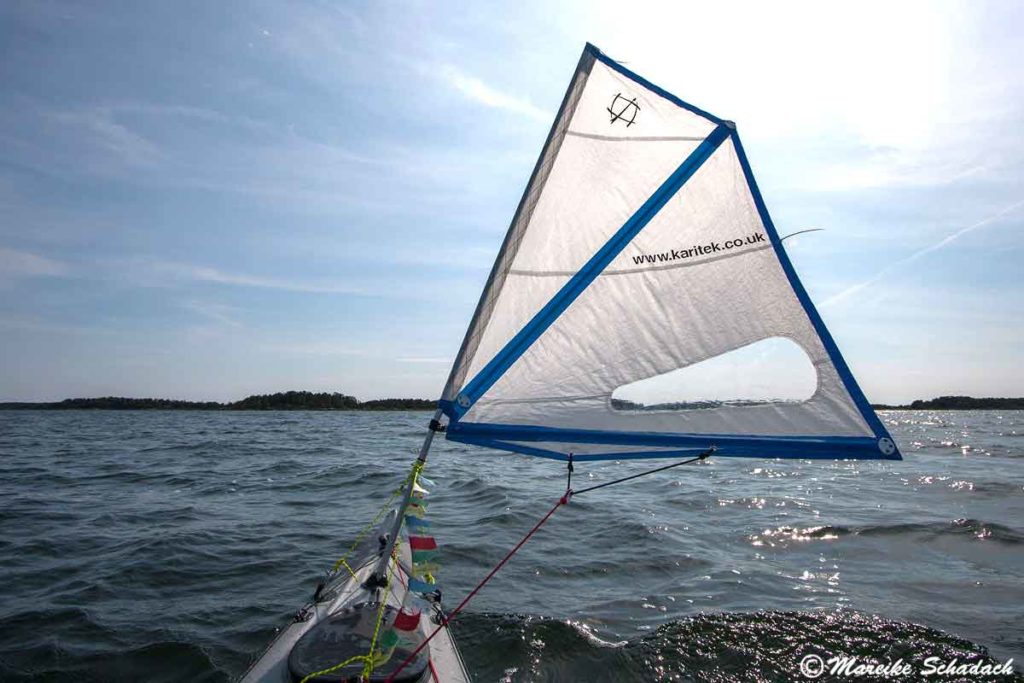
As starting point we chose the camping site Figeholm. Because it was directly on the water, opposite the big island Öland. Here we made our kayak ready and could leave our car on the parking lot after consultation with the campground keeper. When choosing the starting point, it was important for us that it could also be reached later by public transport. Because we did not intend to paddle back the same distance against the wind.
How long should a Day's trip be?
Your days will be focused on paddling, breaks, pitching and dismantling tents. In addition, it is very bright in the summer evenings. That means you have a lot of time for paddling.
In a two-person kayak you can easily manage stages of about 30 kilometres a day, in a single kayak 20 to 25. But of course it always depends on whether you have a headwind or whether a rainy morning lets you stay longer in the tent than planned. Therefore, you should always plan a buffer day as a precaution.
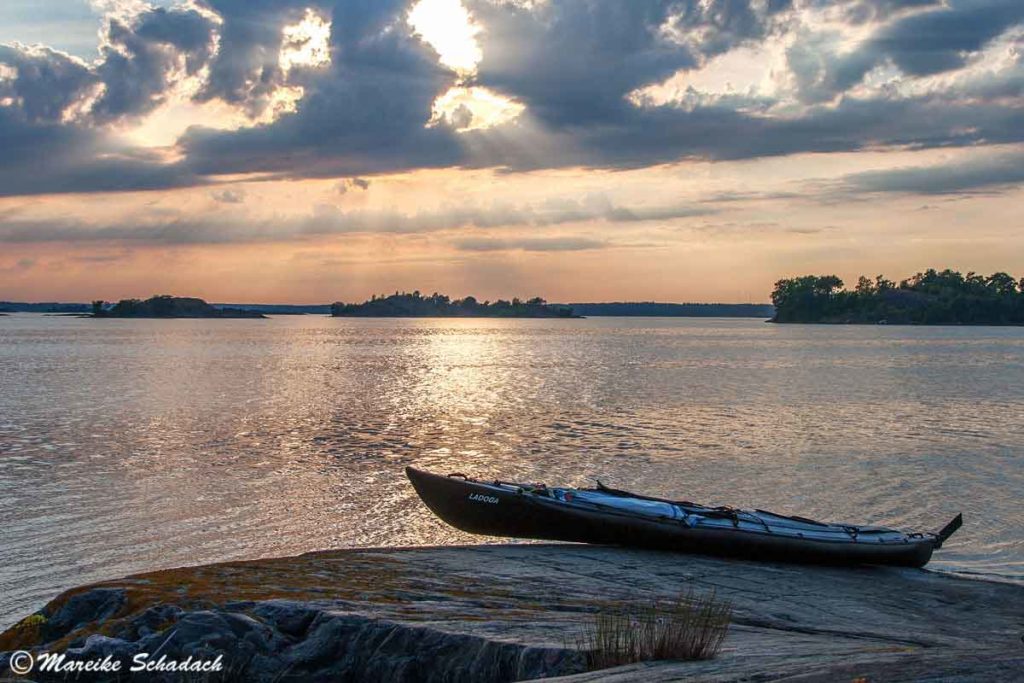
We did it like this: we paddled every day as long as we wanted or until we found a nice place for the overnight stay. But the search for a nice place to sleep sometimes took a little longer. At the end of our tour we looked for a camping site. From here we went by public transport to get our car.
The length of our daily stages varied between 15 and 32 kilometres (24, 22, 26, 30, 32, 15, 24 kilometres).
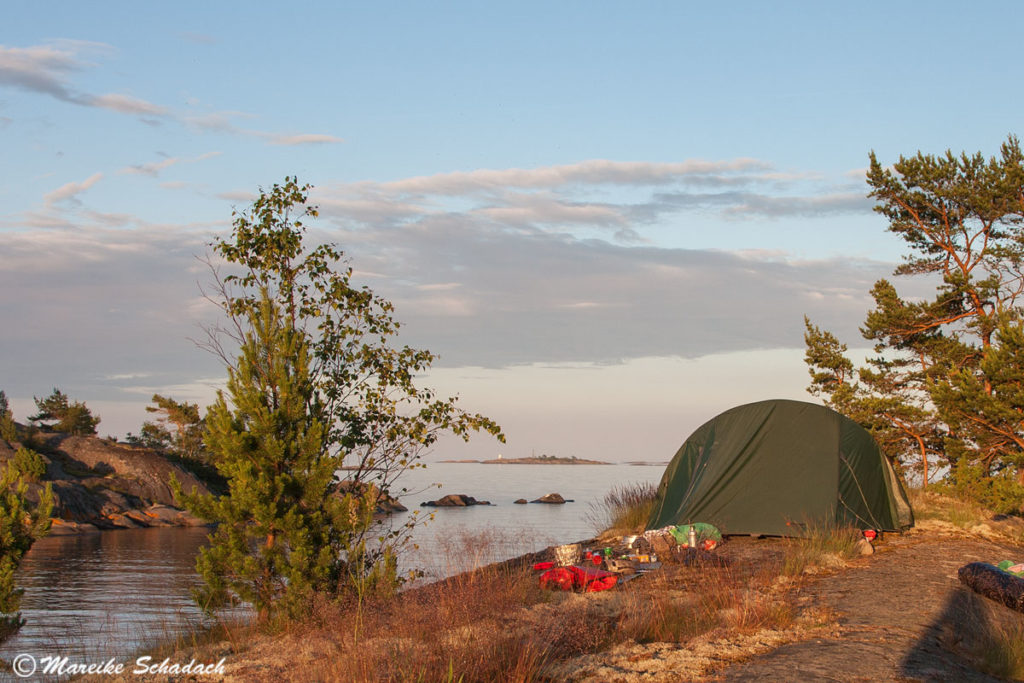
What do I have to take with me?
Besides the usual personal things I have listed some essentials for your packing list:
For paddling:
Beside the kayak, paddle and spraydeck and possibly a sail you need:
- Sufficient number of waterproof bags in different sizes
- Paddle gloves in case it gets cold or you get blisters on your hands
- Life jacket with whistle
- Bilge pump and sponge
- Spare paddle
- Rope for tethering the kayak during a break
- Rope for tying the paddle against loss
- Neoprene seat cushion
- Map, compass, GPS if necessary
- If necessary, wetsuit or dry suit! Question your skills, consider your route and the water temperatures depending on the season!

The Usual:
- Camping kitchen with cooker, pots, crockery, fuel, eco-sink, etc.
- Garbage bags
- Tent, mat, sleeping bag
- Picnic blanket
- Clothes, rain protection, bathing things
- Personal hygiene articles, toilet paper, wet wipes, eco soap
- Sunglasses, Sunscreen, Basecap
- Camera
- Possibly Solarpanel or Powerbankl for the edition of the mobile phone, GPS etc.
- Travel Medicine Kit
What else?:
- Powertape for repairing various things
- A few more straps / cord to tie or repair
- Torch
Then you also need food supplies and drinking water. How much depends on whether there are campsites with shops on your chosen route. There are also additional supply stations in the archipelago (at least I know they exist in the eastern archipelago). Sailors and paddlers can fill up their drinking water here.
By the way: the slightly salted water of the Baltic Sea is great for cooking pasta. But only if there are not too many algae in it.
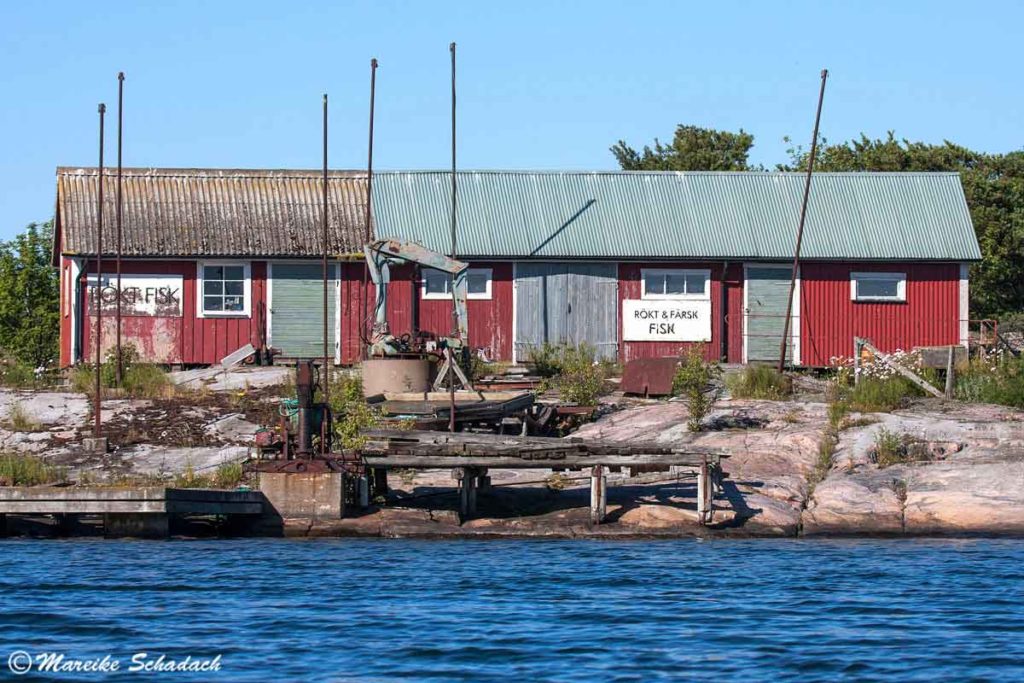
How do I navigate between the Islands?
With the many similar looking islands it is sometimes difficult not to lose orientation. We wanted to combine our kayak tour in Sweden with a "digital detox" and therefore decided to navigate with map and compass. Therefore we left our mobile phones with Navifunktion switched off. Only once we paddled away and had to determine our position with the help of the GPS of our mobile phones.
I can recommend 1:100,000 scale Väg maps to you. They are detailed enough and waterproof. If you want to paddle with GPS, think about where you can get electricity and stow your device well in a waterproof bag.
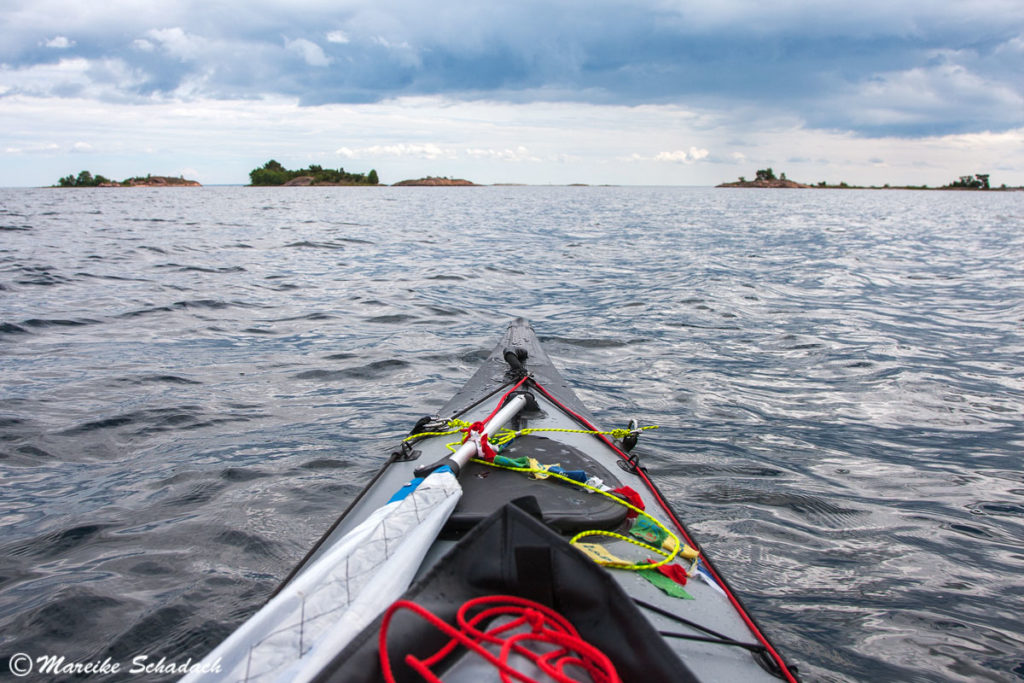
Where can I spend the Night?
An absolute highlight of a kayak tour in the archipelago is that you can camp wherever you want. Well, almost. You shouldn't set up your tent somewhere in someone's front garden. So keep some distance from houses.

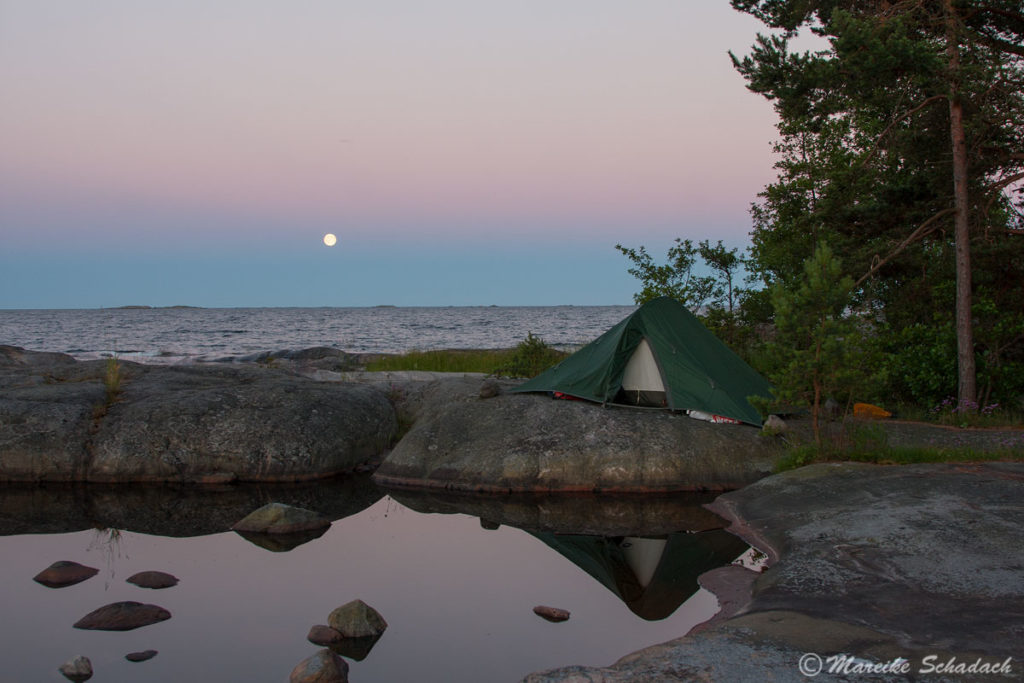
You should also consider this when choosing your seat:
- Keep some distance from houses (out of sight)
- There are nature reserves that you are not allowed to enter during the breeding season. It is better not to pitch your tent here. The protected areas should be marked on the paddle map.
- Do not disturb breeding birds. In addition, breeding terns react very aggressively if they come too close to the nest. They always attack the highest point, i.e. in an emergency hold something high above their head.
- Best look for a place where the tent will be dried by the morning sun.
- Don't stay too close to the water, because there are tides in the Baltic Sea as well.
- Tie up your kayak for the night or pull it far enough ashore.
- Leave no rubbish behind, no toilet paper either.
- And if you ever need a warm shower, an official campsite for the overnight stay is usually not far away.
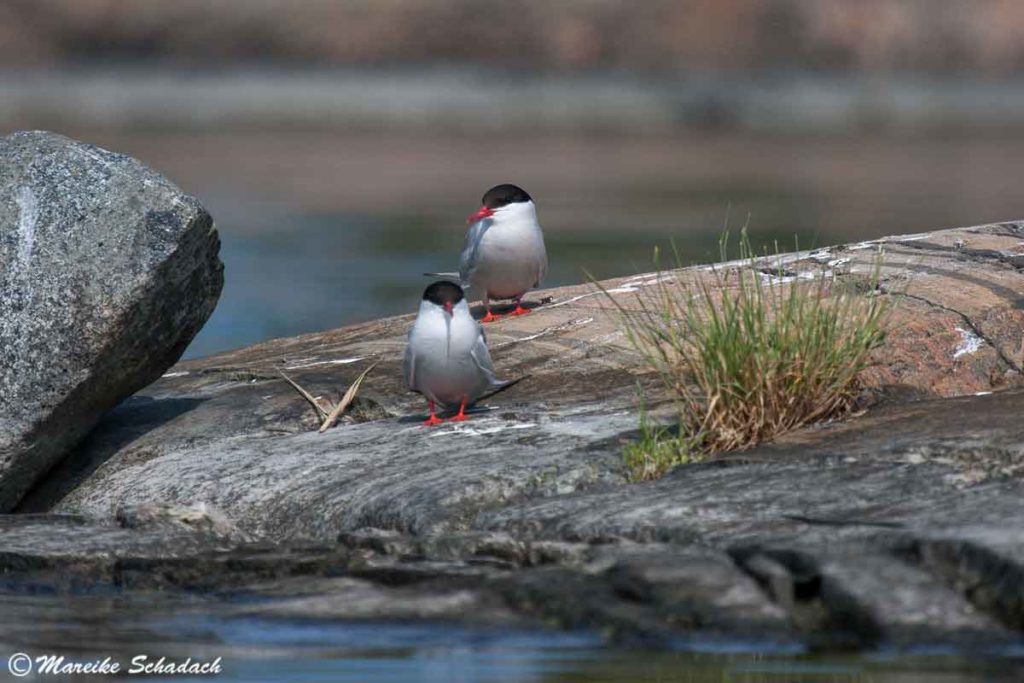
What is the best Way to load my Kayak?
There's hardly anything more annoying than having to unpack the completely packed kayak again. So make a plan before loading your kayak and stow everything you might need during the trip within reach. Either in a bag on the deck or in your seating area. Organize your luggage in different bags: For example a bag for breakfast, one for dinner, a kitchen bag, a bathroom bag and so on. Also keep in mind that anything stowed on the deck is a target for the wind. So here less is more. Furthermore, everything heavy belongs downwards. Because your boat lies better in the water. But pay attention to the maximum carrying capacity of your kayak and do not load it too heavily.
At the End of my Tips I have a little Anecdote
It was my first longer kayak tour at that time. With two single kayaks we went to the Danish South Seas, where we wanted to paddle from island to island. Our provisions were not very weight-optimized at that time: too many canned food, beer and wine. When I got into my fully loaded kayak, it sank so deep that water ran over the edge into my seat hatch.
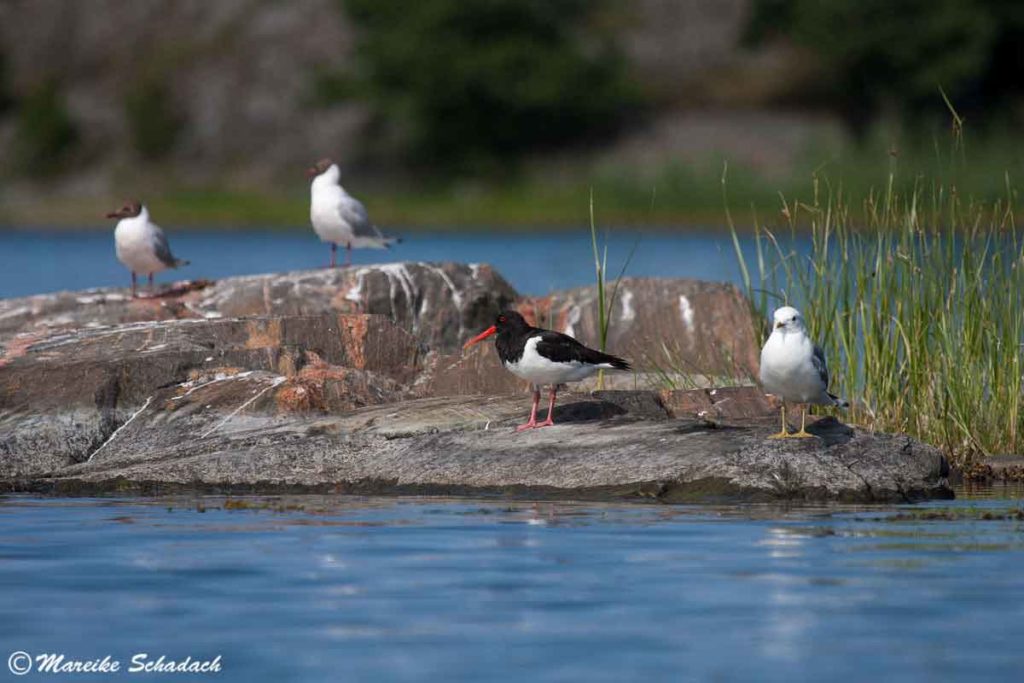
Book Recommendations for Kayak Enthusiasts
Looking for more great paddling destinations or want to refine your paddling technique? Then I can recommend these books*.
You can order the books with a click on the pictures on Amazon. If you buy a product via an affiliate link, I get a small commission, and you help me to keep filling Fernweh-Motive with interesting articles. The product will not be more expensive for you, and you will do me a huge favor.
Have you ever paddled a kayak in the Swedish archipelago yourself? How did you like it? Do you have any further tips or maybe a question about my report on the kayak tour? If so, please write me a comment!
Do you want to know when there are new articles on my blog? Then follow me on Facebook, Pinterest or Instagram. I would also be very happy if you share my article with your friends.
Recommendations for further Reading
Do you like paddling as much as I do? Then you might also be interested in my articles about a Paddling tour in Patagonia or about a Kayak Tour at the Orcas of the San Juan Islands
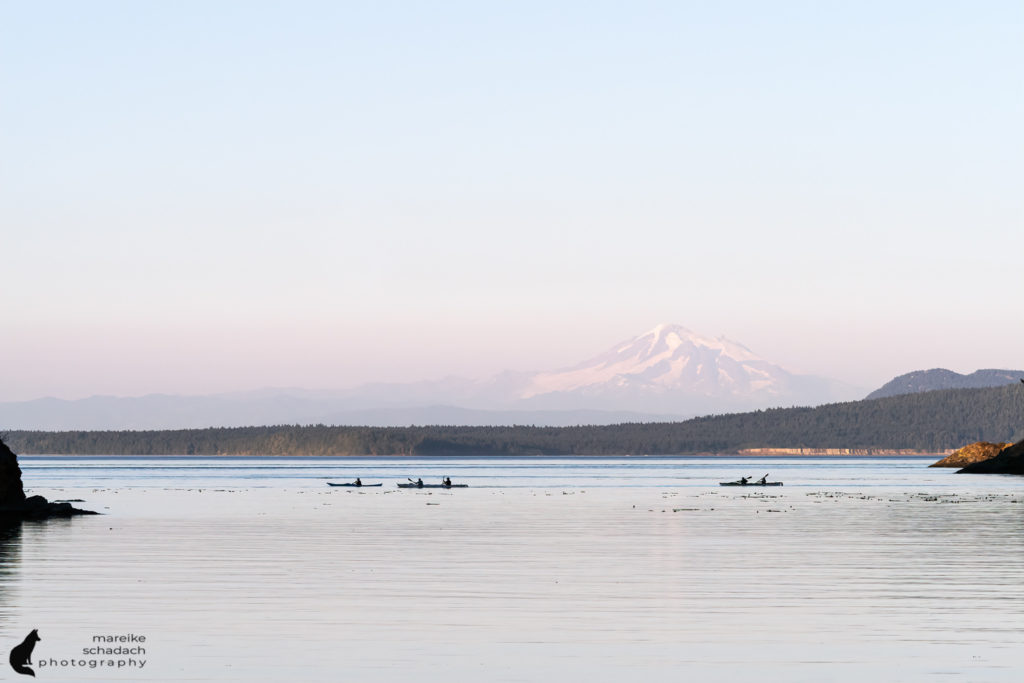
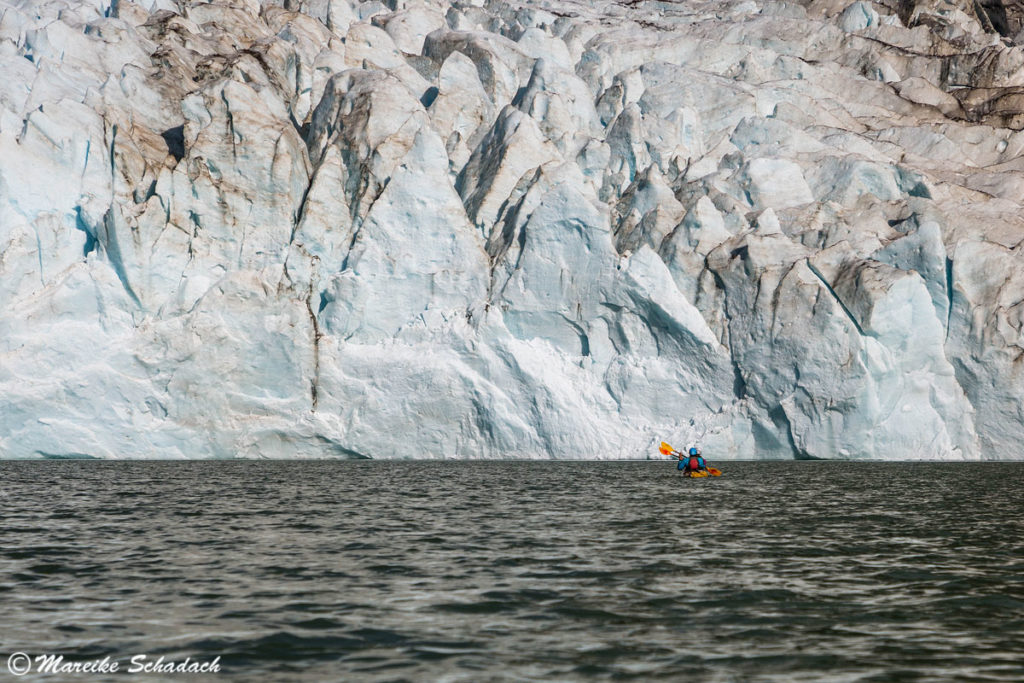
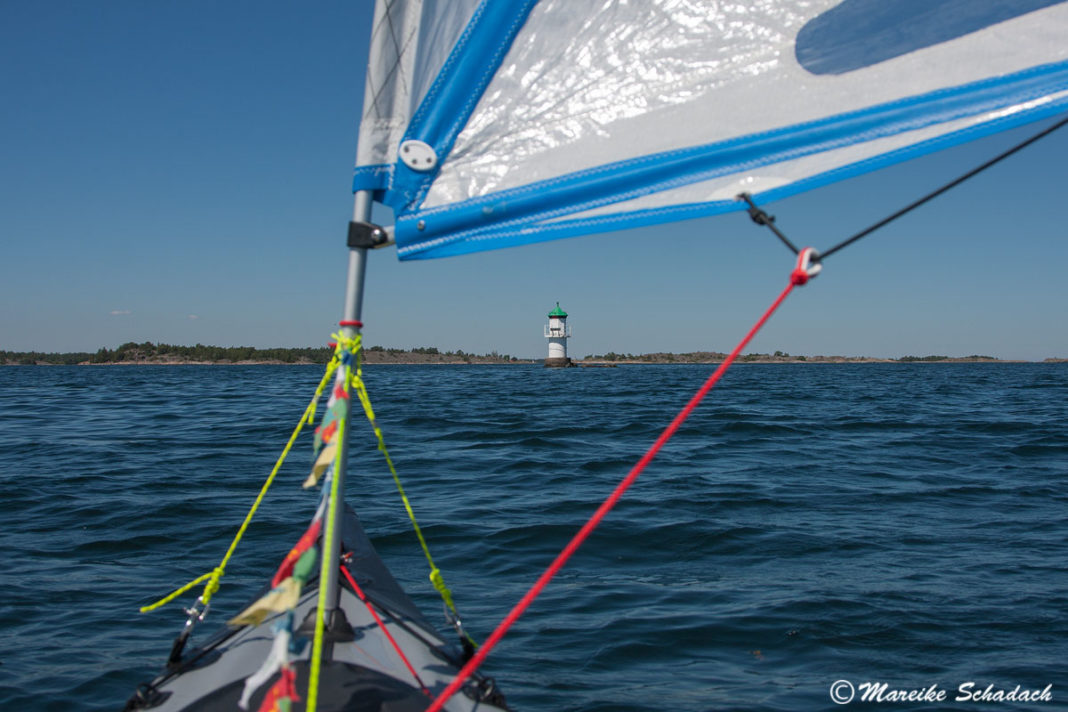



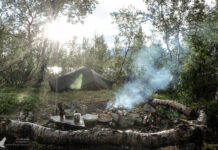
Hi Mareike, deine Tour klingt großartig! Die Bilder machen richtig Bock. Zu welcher Zeit habt ihr die Tour gemacht, also welcher Monat? Wir planen gerade eine sehr ähnliche Tour und überlegen, ob in Mai noch ein Neoprenanzug eine gute Idee wäre. Liebe Grüße
Hallo Robert,
wir waren im Juli unterwegs und hatten großes Glück mit dem Wetter. Das Wasser war relativ warm. Wenn ihr im Mai unterwegs seid, wird es noch sehr kalt sein, so dass ein Neopren oder sogar ein Trockenanzug eine gute Idee wäre. Insbesondere, wenn ihr mal weiter weg seid vom Ufer. Die Überfahrten zwischen den Inseln können schon mal recht lang und wellig sein.
Ich wünsch euch auf jeden Fall eine tolle Tour! Viele Grüße, Mareike